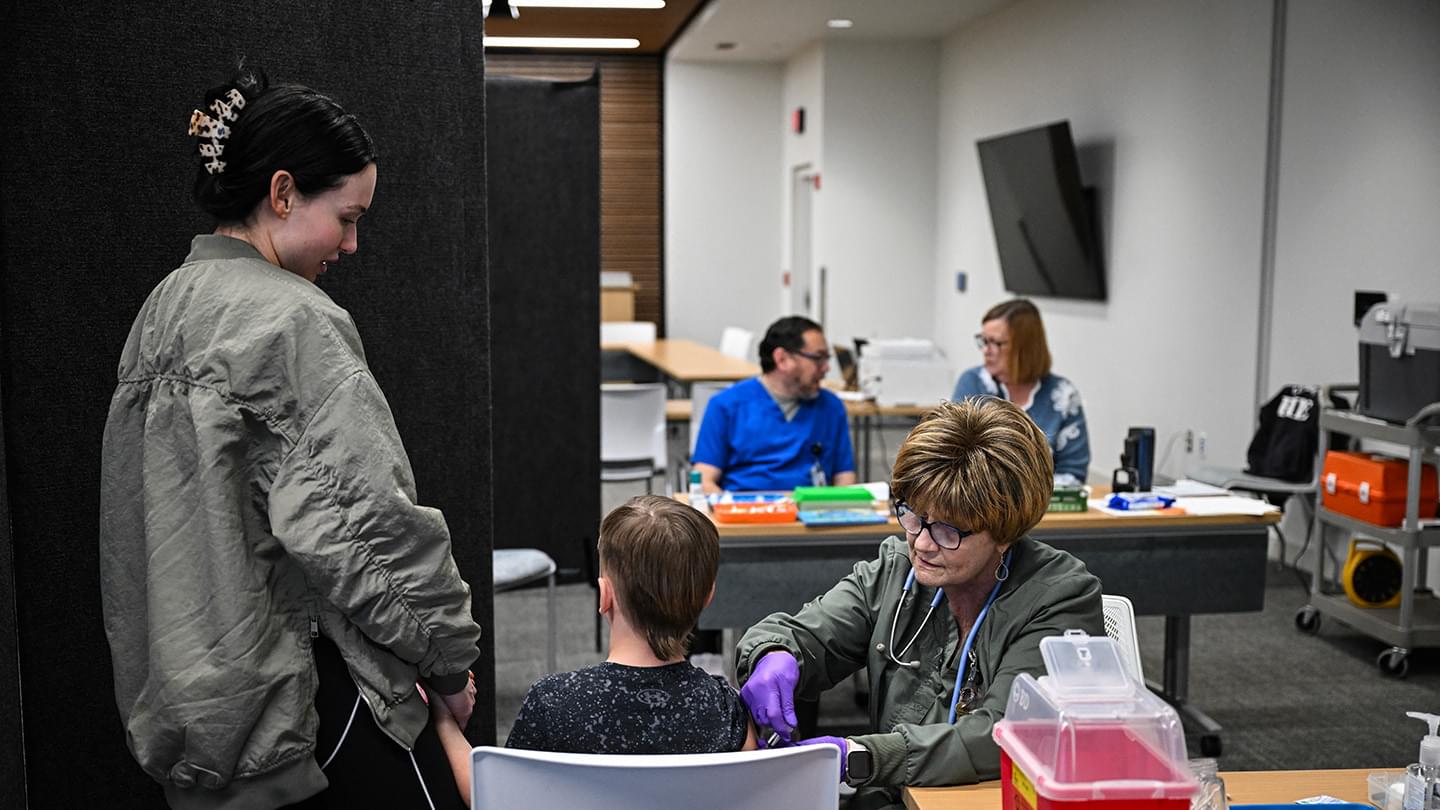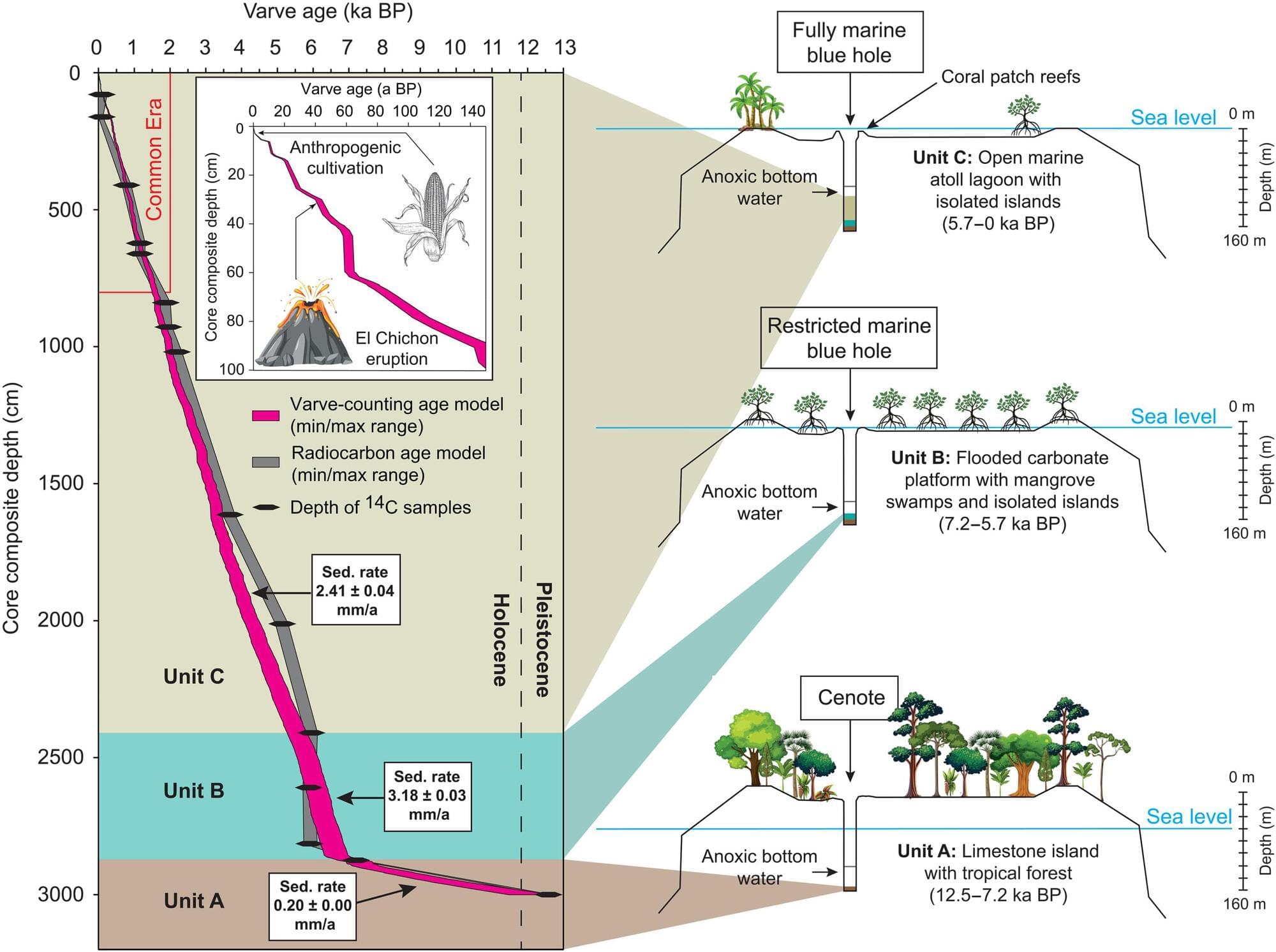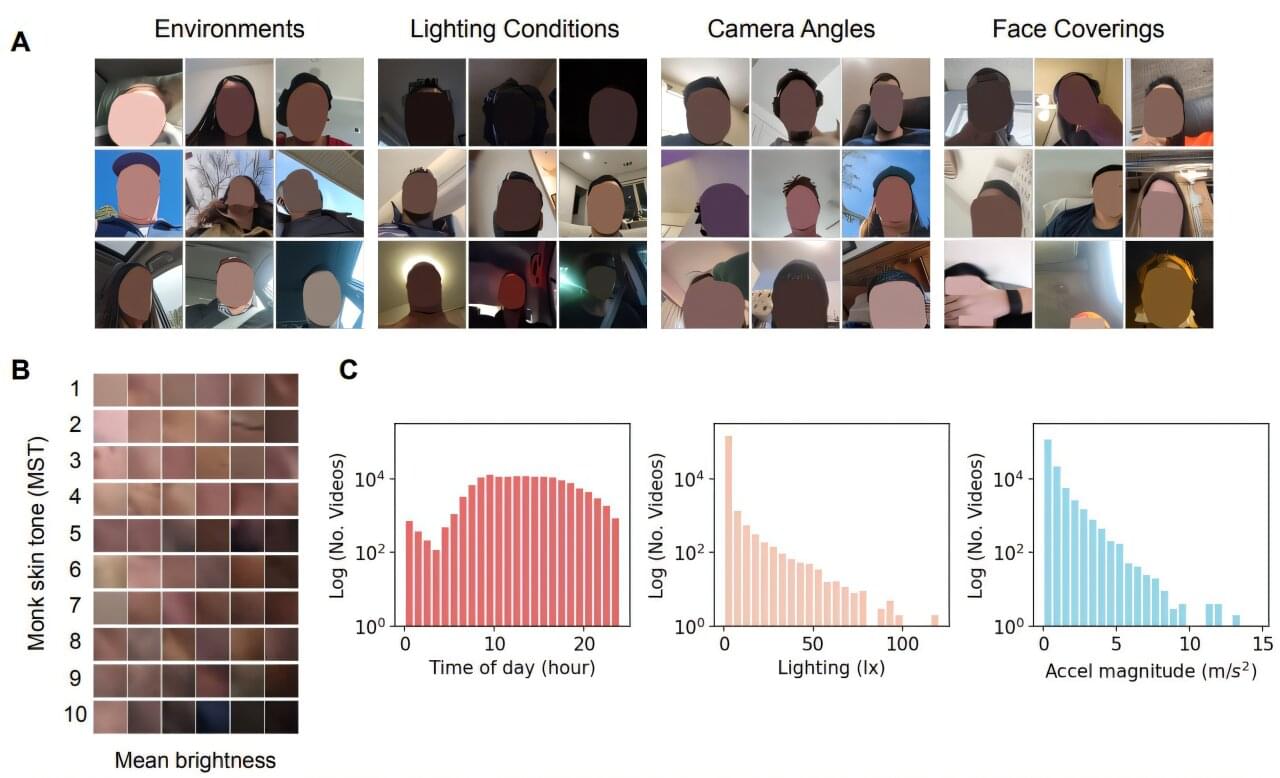Li and colleagues used a technique called distributed acoustic sensing (DAS), which, while new to the world of seismology, is already used to monitor pipelines and power cables for defects. The method involves sending laser light pulses over optical fibers and measuring the intensity of the signals reflected back from imperfections in the fiber. Slight stretching or contracting of the fiber (say, from an) can change the reflected signals.
Based on the pulse’s time of return, you can pinpoint when and where along the cable the disturbance occurred. Because light gets reflected from thousands of imperfection points along fibers, a kilometers-long stretch of cable can act as thousands of seismometers. This means significantly more seismic data, leading to higher resolution, which allows pinpointing the location of smaller seismic activity.
The Caltech researchers have converted preexisting optical cables into a DAS array. Telecom companies usually lay down more fiber than they need, and the research team taps into some of this “dark” unused fiber. With permission from the California Broadband Cooperative, the team set up a DAS transceiver at one end of a length of fiber-optic cable along the border between California and Nevada.








